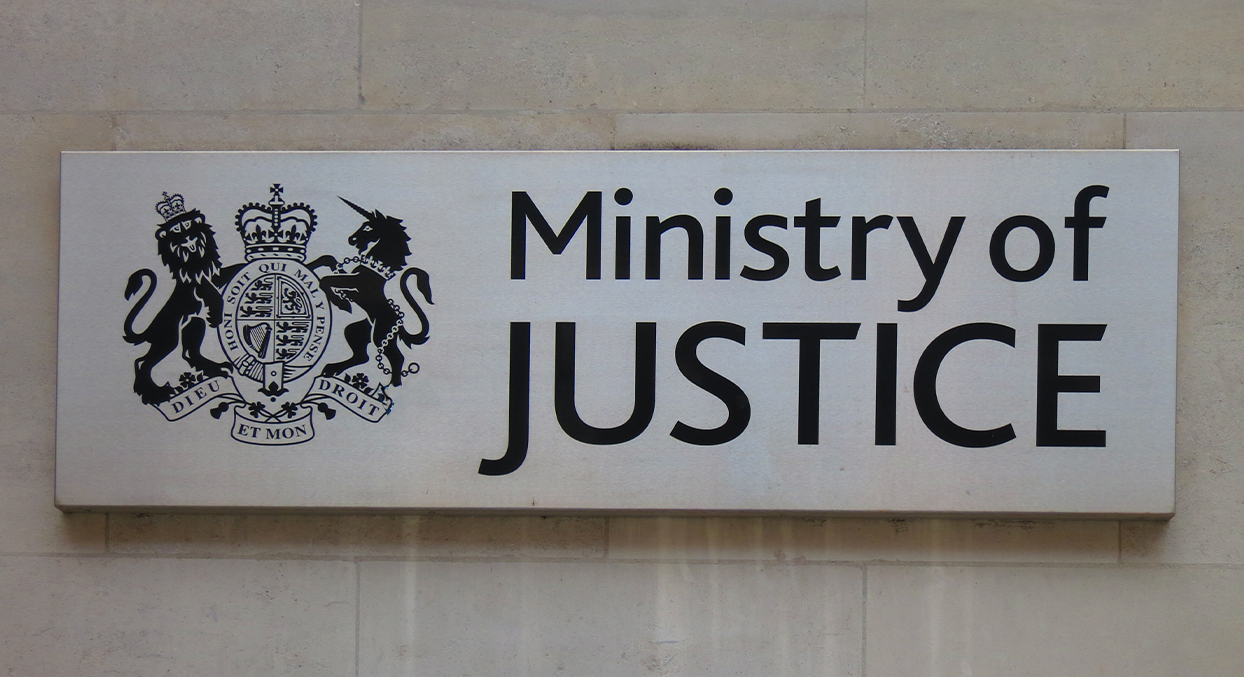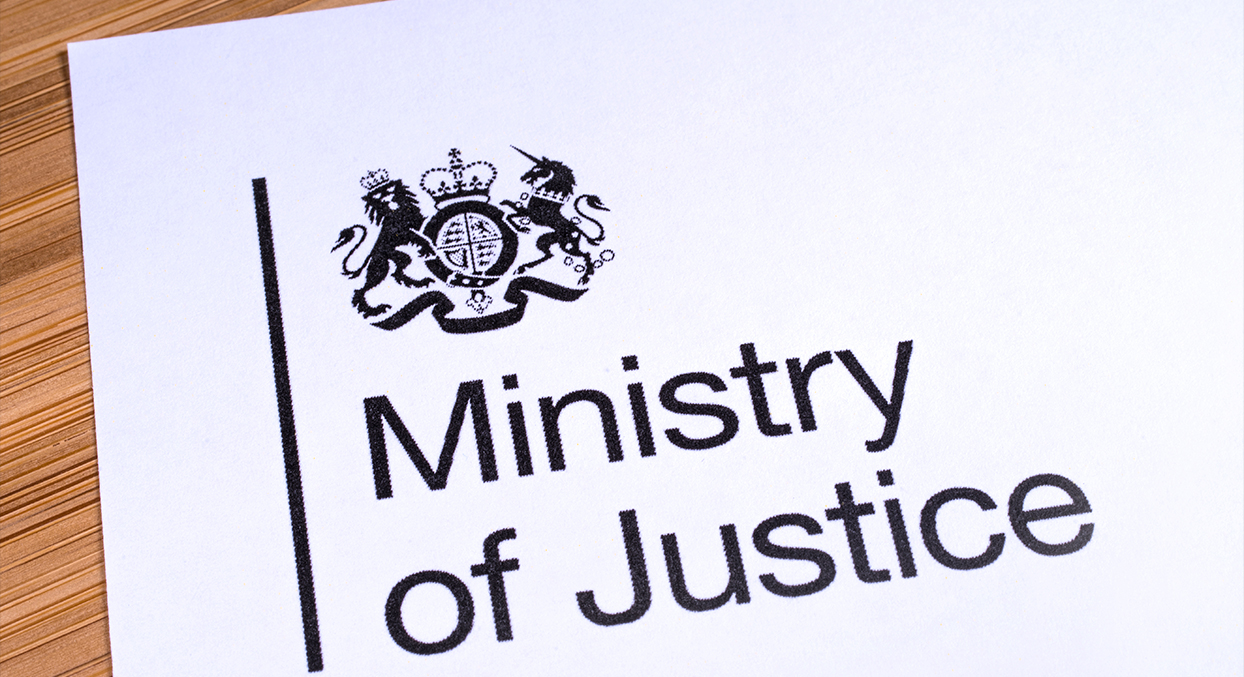Stewarts has submitted a detailed and data-backed response to the Ministry of Justice’s call for evidence relating to the personal injury discount rate (PIDR) in England and Wales. Our full response is available to read here, and is summarised below.
When someone sustains life-changing injuries in circumstances which give rise to a claim for compensation, the biggest component of the damages is usually for the resultant financial losses that continue for the rest of their life. It is a fundamental and long-standing legal principle that the injured person should receive full financial compensation.
In recent years, inflation has brought into sharp focus the increase in costs of buying goods and services. If a compensation payment for an injured person has not been appropriately adjusted to guard against inflation, the compensation will run out, leaving the injured person turning to the welfare state or using their own funds to bridge the gap or simply going without the support they need.
What is the Personal Injury Discount Rate?
The PIDR is the mechanism used in the calculation of future losses to provide for the assumed rate of return on investing the damages, after allowing for inflation, tax and investment charges. Since the passing of the Civil Liability Act 2018 (CLA), the assumption is that compensation will be invested in a low-risk portfolio. Currently, a single PIDR is set to cover all forms of future loss. Lawyers and the courts use this rate to calculate “multipliers” for future losses.
The next review of the PIDR
The next review of the rate is due to take place in the second half of 2024 when, for the first time, the Lord Chancellor will be assisted by an expert panel set up under the CLA. To support this panel’s work, in January 2024 the Ministry of Justice (MoJ) called for stakeholders to provide data and evidence for review when considering the PIDR.
Stewarts’ response
The vast majority of cases that Stewarts deals with involve clients who have sustained significant and disabling injuries, such that they are likely to require care for life and will either be unable to return to work or unable to return to full-time work in the same occupation. We are aware, therefore, that compensation obtained for our clients is likely to be affected by earnings inflation over time.
To provide an evidence-based response Stewarts collected a full year’s worth of data concerning the different types of financial losses incurred by our clients and the period over which those losses were sustained (usually for life).
Analysis of this data demonstrated as expected that the majority (over 80%) of our clients’ future financial losses would be affected by earnings inflation in that the damages were awarded to pay for expenses such as professional care, therapies, loss of earnings or loss of pension. Given these findings, we contended in our submission that the inflationary assumption should be consumer price inflation (CPI)+1.5%, which was approximately 80% of the long term earnings inflation figure of CPI+1.8% projected by the government’s Office of Budgetary Responsibility.
The investment period
In terms of the period over which our clients incur financial loss, we were able to provide a response based on a larger number of serious injury cases concluded over a four-year period. We noted that the average (median) over which these losses were incurred by our clients was 30 years.
In our experience, seriously injured claimants do not invest their compensation immediately after the conclusion of their case for numerous reasons. Therefore, we proposed that the likely true period of investment would typically be two years less ie 28 years. We also noted that existing Scottish legislation, the Damages (Investment Returns and Periodical Payments) (Scotland) Act 2019, provides for an investment period of 30 years, which we agree is a reasonable and fair assumption.
Investment costs
When the Lord Chancellor set the current PIDR in 2019, he assumed compensation was invested by injured people without that investment being “actively” managed. When combined with a tiny allowance for tax, this resulted in an adjustment to the PIDR of just 0.75%. We continue to view that as a false assumption and an unfair adjustment.
Seriously injured claimants with a finite sum of compensation to meet their lifetime losses must take reasonable steps to guard against the investment risks, respond to fluctuating markets and inflation and have money that can be made available in short order to meet fluctuating injury-related needs. We referred to the data previously submitted by the Forum of Complex Injury Solicitors (FOCIS), which demonstrated that the actual costs incurred when investing compensation were usually in excess of 1.5%.
Our position is that the current adjustment for tax and investment costs is too low. Relying on the available data, we suggest an adjustment of 2.25% to reflect both tax and investment charges.
Under-compensation
We cannot have a system in which a substantial proportion of seriously injured people are under-compensated because of the risks inherent in the way the PIDR is set. In 2019 an adjustment of -0.5% was made to reduce the extent of under-compensation, but even on projections at that time, it meant in excess of a third of people would likely be under-compensated.
Since 2019 the economy has had notably high inflation, which has inevitably increased that level of under-compensation. Consequently, we submitted that this factor should be increased to -1% to meet the government’s commitment to preserving full compensation.
Unfair discrimination
We also submitted that the assumed investment portfolio was too risky to meet the criteria under the CLA and is far riskier than is allowed for pension funds.
As the PIDR principally affects claimants who meet the disability criteria in the Equality Act 2010, in our view the assumed investment portfolio represents unfair discrimination against a group of people with protected characteristics. It is imperative that the government conducts a full impact assessment on any model portfolios to ensure injured claimants are not treated less favourably than other low-risk investors.
Final thoughts
The MoJ will release a response to the consultation submissions later this month. It will then be up to the expert panel to consider the submissions and for the government actuary to undertake further modelling. We are hopeful it will take the commitment to avoiding under-compensation seriously and recommend that the Lord Chancellor set the PIDR at a level sufficient to adequately protect against inflation, investment risk, tax and costs.
Subscribe – In order to receive our news straight to your inbox, subscribe here. Our newsletters are sent out once a month.








